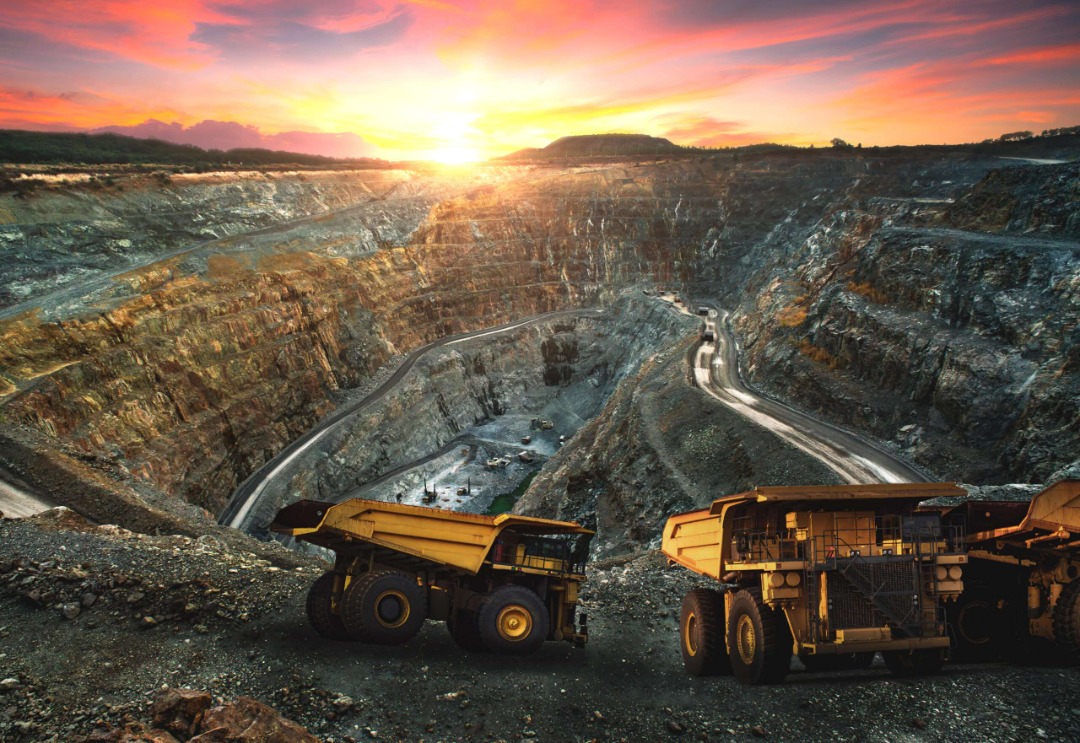The Congolese government has unveiled its draft Finance Act for 2025, up 21%, with resources and expenditure reaching 49,847 billion Congolese francs, or just over $18 billion. Once again, the contribution of the mines is expected to be crucial.
In the DRC, the government is forecasting economic growth of 5.7% in 2024, supported in particular by a 5.3% growth rate in the mining sector. This information comes from the draft Finance Law 2025, which also provides estimates of the revenues expected from mining next year.
While the authorities have not presented the factors that will underpin growth in mining activity in 2025, it is possible to make a few assumptions. Industrial mining production should continue to rise, driven in particular by the recent expansion of the country’s largest copper mine, Kamoa-Kakula. It now has an annual production capacity of 600,000 tonnes of concentrate, compared with the 400,000 tonnes planned for this year.
Copper production should thus continue the upward trend of recent years, which has enabled the DRC to become the world’s 2nd largest copper producer. After exporting 2.8 million tonnes in 2023, research firm BMI expects production to grow by 4.5% in 2024. The DRC should also see an increase in zinc production in 2025, in the first full year of operation of the Kipushi mine. Commissioned in July, the mine has an annual production capacity of 278,000 tonnes of zinc concentrate.
The country will also be able to count on the continued significant contribution of the Kibali gold mine, the largest in Africa with an annual production capacity of more than 700,000 ounces. The production of cobalt, of which Congolese exports exceeded 150,000 tonnes in 2023, should also continue to play an important role in the growth of the mining sector. Finally, this year the government granted a mining licence for the Manono lithium deposit, which could lead to further investment to prepare for the start of production.
The Finance Bill forecasts mining revenues of 14.82 trillion Congolese francs ($5 billion), an increase of 41% on the previously announced figure. The main contributors to this growth are customs and excise revenues, which are expected to rise by 107.7%, thanks in particular to the abolition of an exemption from customs duties on exports of certain mining products. Tax and non-tax revenues are also expected to increase by 16.8% and 42.4% respectively.
In total, the Congolese government expects the mining sector to contribute around 30% of the country’s expected public revenues of 49.8 trillion Congolese francs ($16.9 billion) in 2025. At least since 2018, Congolese media outlet Bankable notes that the DRC’s mining revenues have been on an upward slope with the adoption of a new mining code. Over the period 2018-2022, the IMF reports that mining revenues reached an average of $5.5 billion a year, compared with an average of $4 billion a year over the period 2013-2017.
The Editor (with AE and CA)


